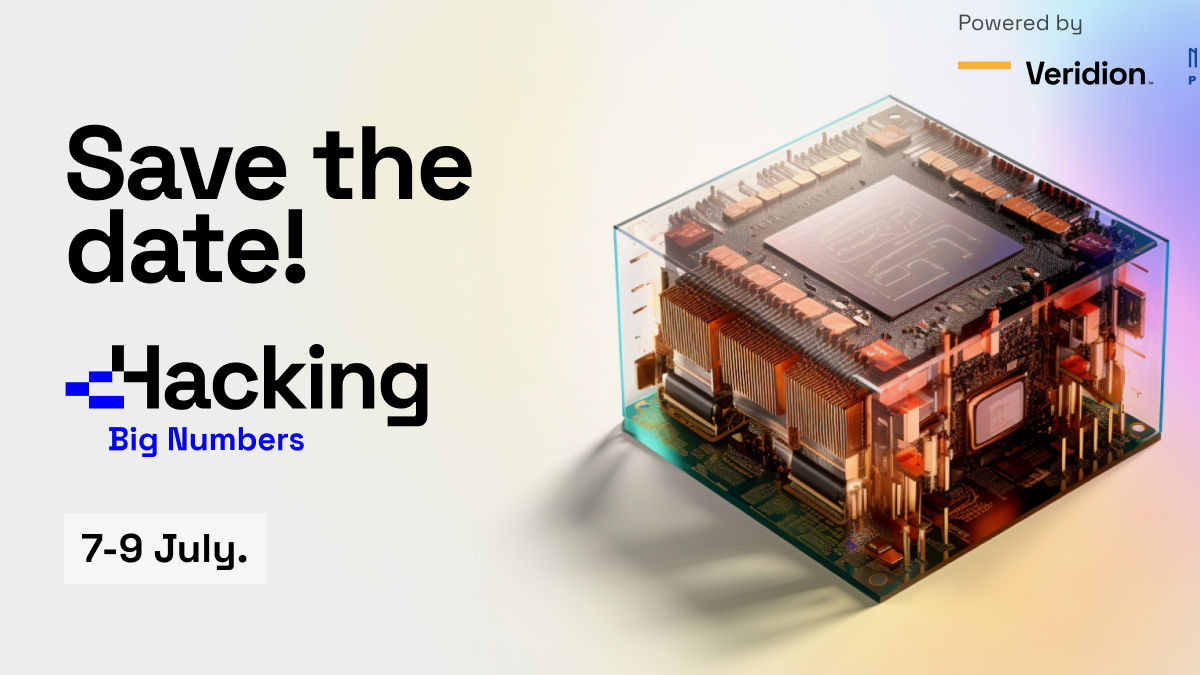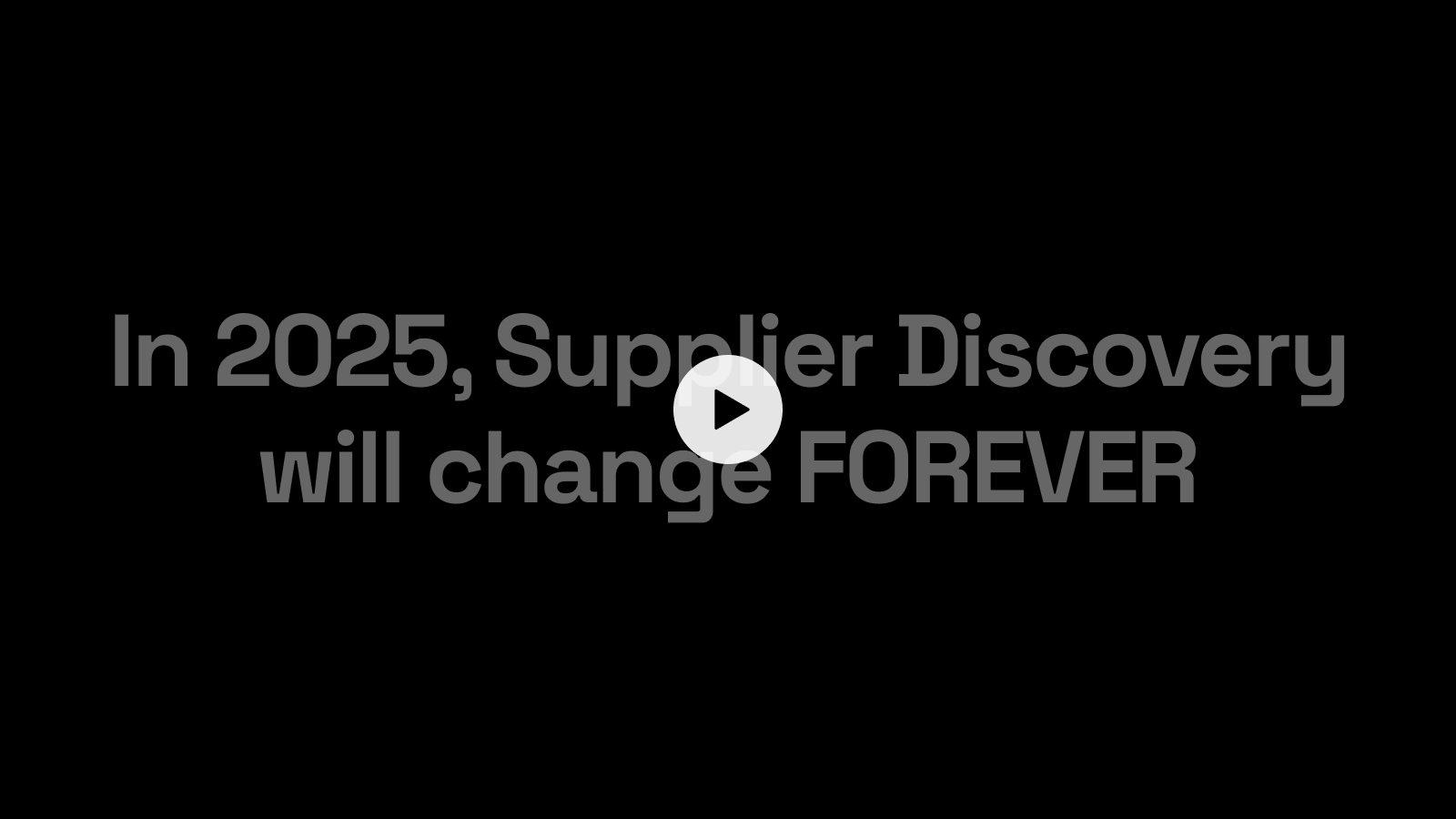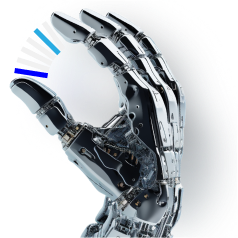What you could build on top of our data at a Hackthon


Find suppliers across any category or industry with advanced filtering, real-time search capabilities, and weekly data updates.










We love our data, and now that you're here, you're one step closer to loving it too.
A wide sample of data, so you can explore what is possible with our data
Choose ->
built with procurement in mind. Focused on manufacturers, products and more
Choose ->
built with insurance in mind. Focused on classifications, business activity tags and more
Choose ->
built with sustainability in mind. Focused on sustainability commitments, and environmental and social governance insights.
Choose ->
built with strategic insights in mind. Focused on market trends, competitor analysis, and industry-specific data
Choose ->
A wide sample of data, so you can explore what is possible with our data
A wide sample of data, so you can explore what is possible with our data
built with procurement in mind. Focused on manufacturers, products and more
built with insurance in mind. Focused on classifications, business activity tags and more
A wide sample of data, so you can explore what is possible with our data
built with procurement in mind. Focused on manufacturers, products and more
built with insurance in mind. Focused on classifications, business activity tags and more
built with sustainability in mind. Focused on sustainability commitments, and environmental and social governance insights.
built with strategic insights in mind. Focused on market trends, competitor analysis, and industry-specific data

Keep up to date with our technology, what our clients are doing and get interesting monthly market insights.


Hackathons are the perfect platform for innovation, creativity, and problem-solving. In this article, we present unique problem ideas that blend artificial intelligence (AI) and business, offering a fresh perspective for your next hackathon. These challenges range from crafting company descriptions from images, summarising business operations in five words, to detecting website clones from screenshots. Let’s dive into these problem ideas.
In the realm of hackathons, where innovation and creativity are the keys to success, the idea of generating company descriptions from images stands out as a unique and intriguing challenge. This concept not only combines multiple modalities but also offers a practical solution with wide-ranging applications.
Imagine taking one or more images related to a company – sourced from their website, social media platforms, or online articles – and generating a comprehensive description of the company based on these visuals. This idea, while seemingly complex, can be broken down into manageable components with the right approach.
The proposed solution for this problem would involve the use of an image-to-text transformer-based model. This model would combine the encoder of a Vision Transformer (ViT) with the decoder of a text-based Transformer, creating a powerful image-to-text encoder-decoder model.
Here’s a step-by-step breakdown of the process:
The success of this approach hinges on the quality and relevance of the data used. Access to company data, including the domain and a description of the company, would be essential.
Here’s how the data collection and processing would work:
By leveraging the power of the available data and the transformer architecture, this approach can effectively incorporate multiple modalities. The result? The ability to generate detailed descriptions for companies based solely on their name and an image. This innovative solution not only presents a fascinating problem for a hackathon but also opens up new possibilities in the field of image-to-text transformation.

Brevity and precision are often as valued as complexity and depth. This problem idea presents a unique challenge: summarising what a company does using only five words. It’s a text-based problem that also involves optimisation, requiring participants to choose their words wisely.
The task is straightforward yet challenging: distil the essence of a company’s operations into a five-word description. This problem not only tests the participants’ understanding of the company but also their ability to convey complex ideas succinctly.
The proposed solution for this problem would involve the use of a text-to-text encoder-decoder model, such as BART or T5. However, the key to success lies in the data preparation and processing.
Here’s a step-by-step breakdown of the process:
This approach presents an intriguing blend of text summarisation, machine learning, and optimisation. The resulting five-word descriptions not only encapsulate the essence of a company but also demonstrate the power of concise communication. This problem idea offers a unique challenge for hackathon participants, pushing them to innovate within constraints and deliver precise, meaningful results.
Website cloning is a prevalent issue on. This hackathon problem idea presents a unique challenge: given a screenshot of a company’s website, can you identify any clones of it and provide their domains? This vision-based problem comes with its own set of challenges, primarily due to the massive scale of the task.
With approximately 80 million companies in our database alone, not to mention countless blogs, publications, and parked sites, the task of finding duplicates efficiently can be daunting. However, with a well-structured approach, it becomes a fascinating problem to solve.
The proposed solution would involve the use of a Vision Transformer (ViT) to generate embeddings for all the screenshots in our database and index them in a vector database. This process might be time-consuming, but it only needs to be done once.
Here’s a step-by-step breakdown of the process:
When a new screenshot is provided, the following steps would be taken:
The vector database will return the best candidates, i.e., the screenshots most similar to the provided one. A well-implemented database should be able to perform this search in less than a second.
Based on the similarity score and other heuristics, you can then decide if there are any clones of the original website.
This approach presents an intriguing blend of image processing, machine learning, and database management. The resulting system not only identifies potential website clones but also demonstrates the power of efficient similarity search operations. This problem idea offers a unique challenge for hackathon participants, pushing them to innovate within constraints and deliver precise, meaningful results.
These problem ideas offer a glimpse into the vast potential of AI in solving real-world business challenges. They not only test your technical skills but also your creativity and problem-solving abilities. Whether you’re generating company descriptions from images, distilling business operations into five words, or identifying cloned websites from screenshots, each challenge presents an opportunity to push the boundaries of what’s possible. As you gear up for the hackathon, we hope these ideas inspire you to create innovative solutions that make a real impact. Happy hacking!